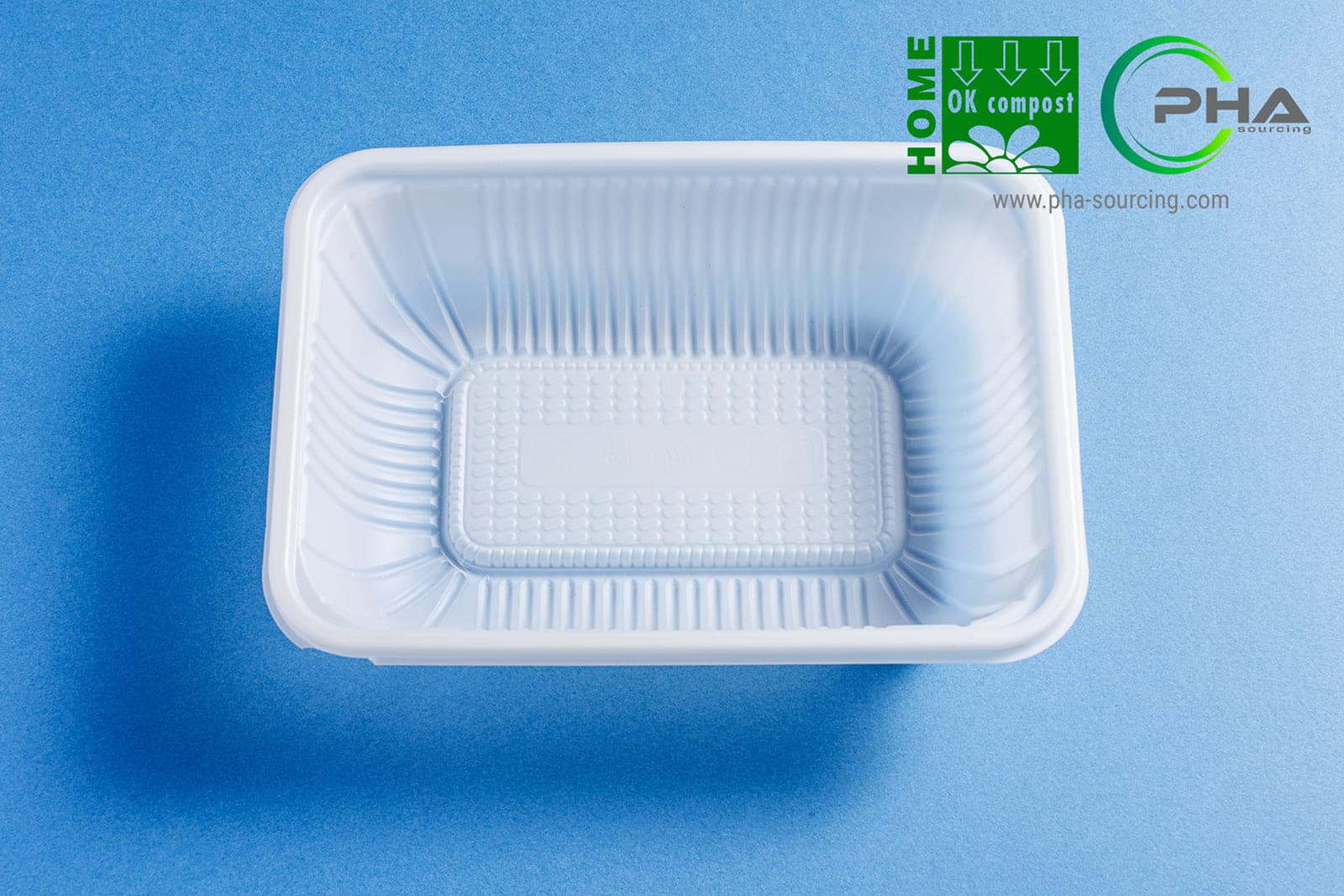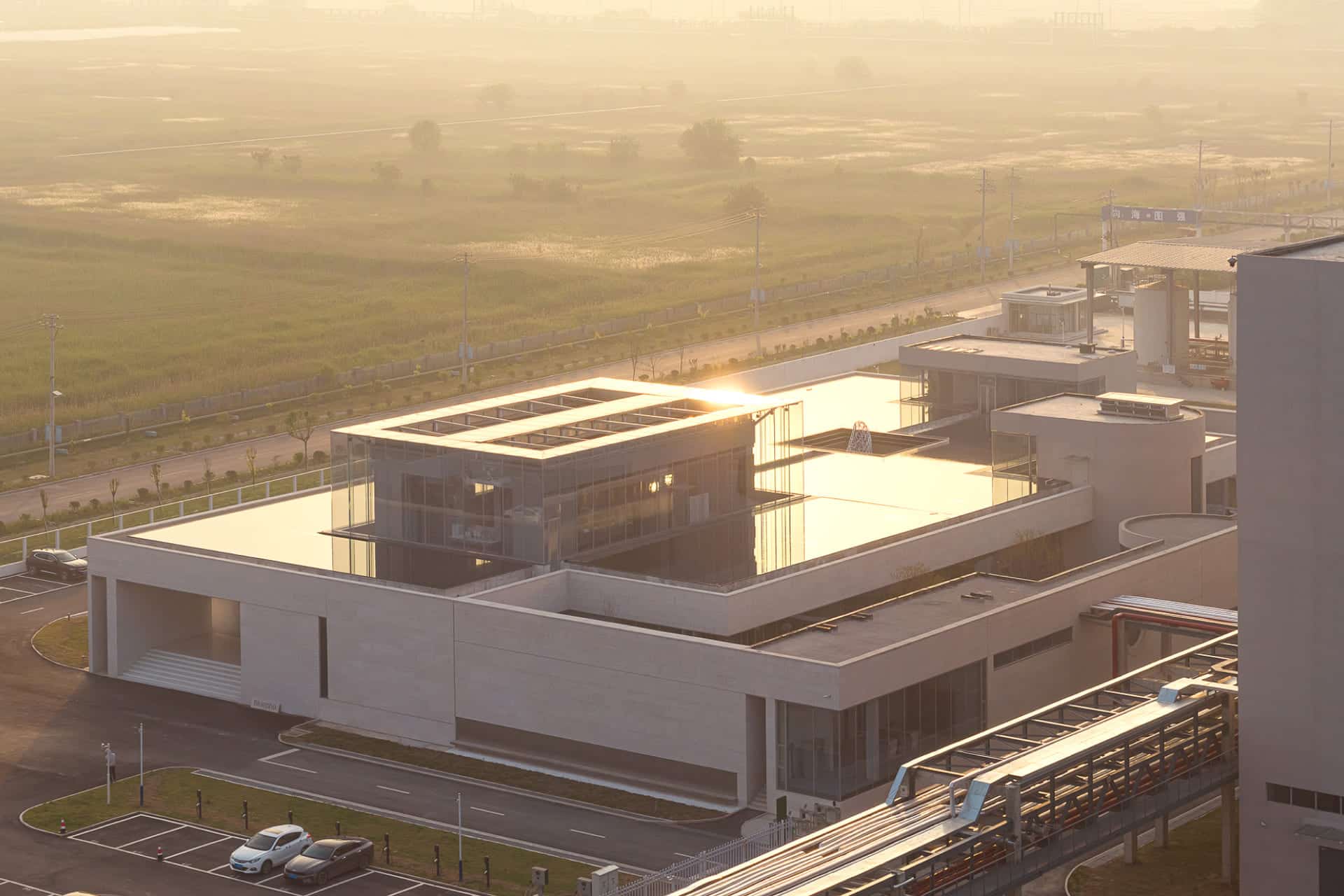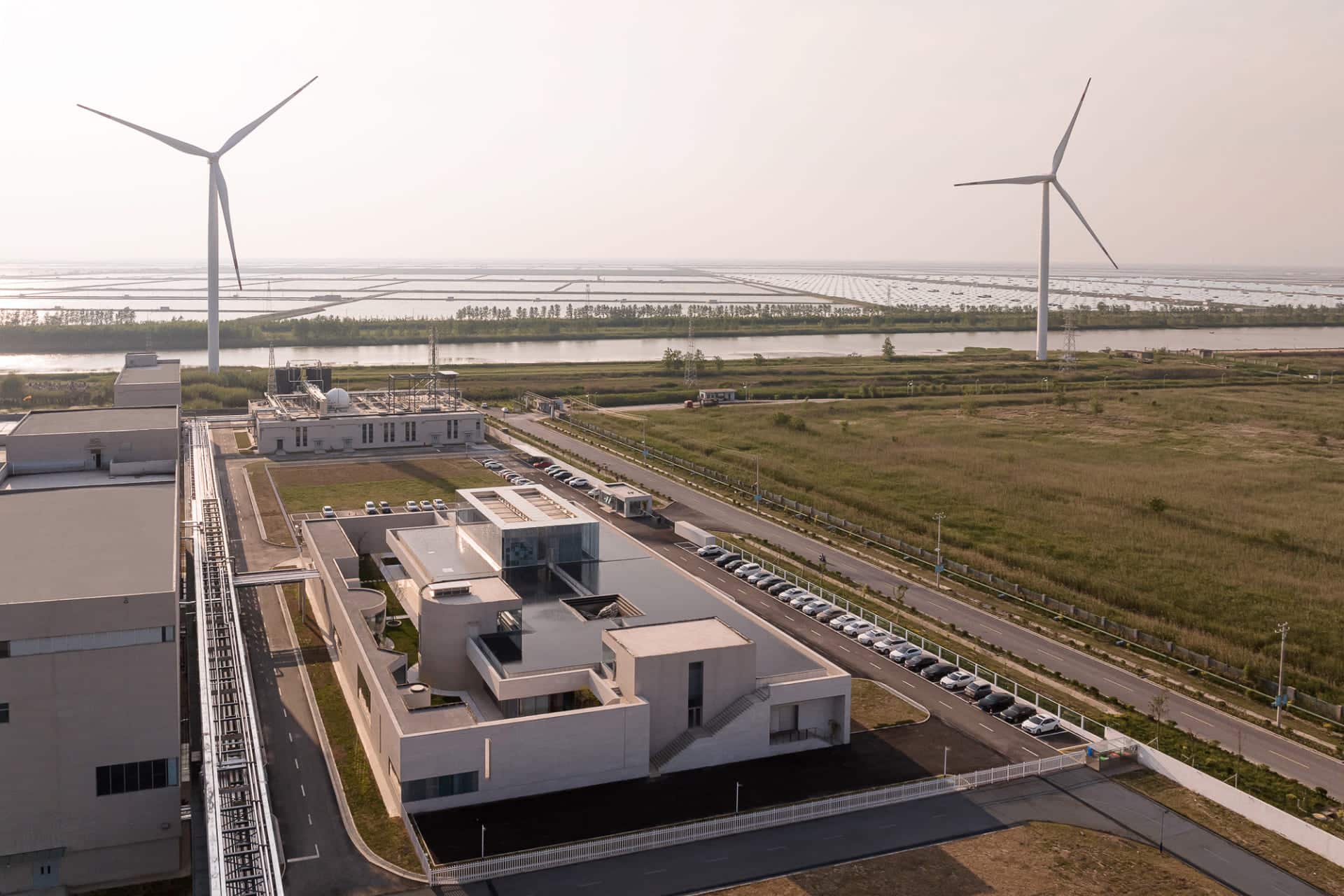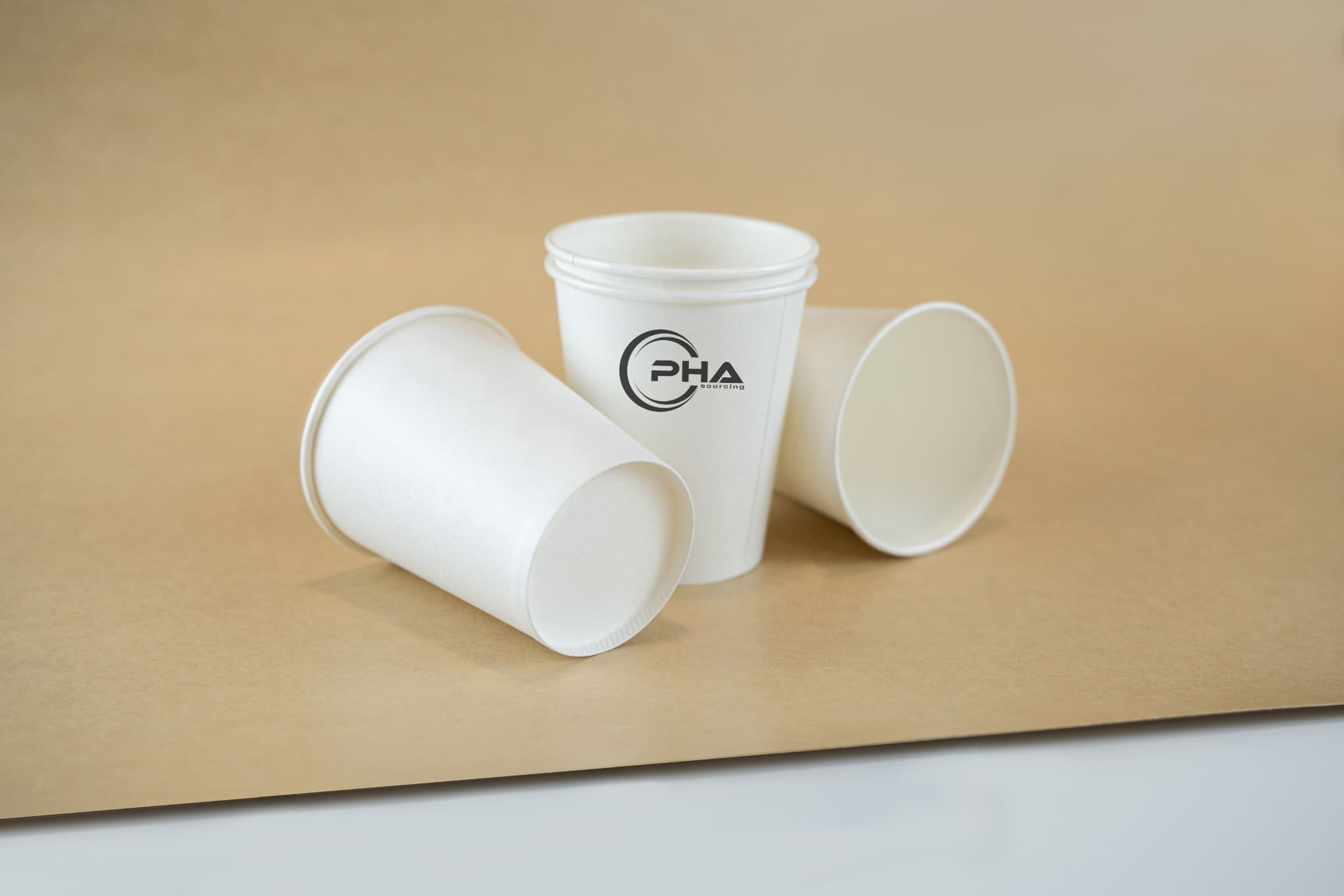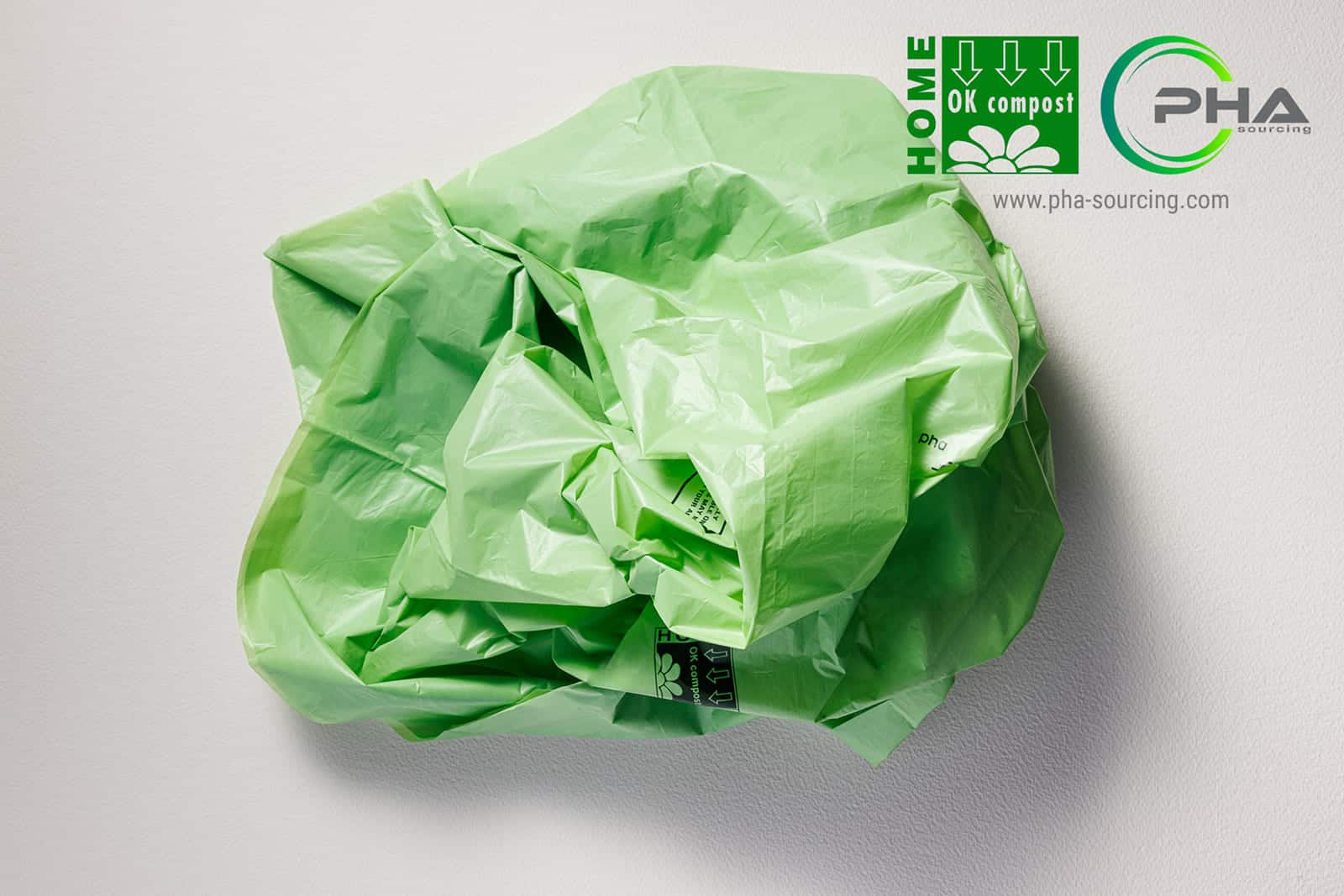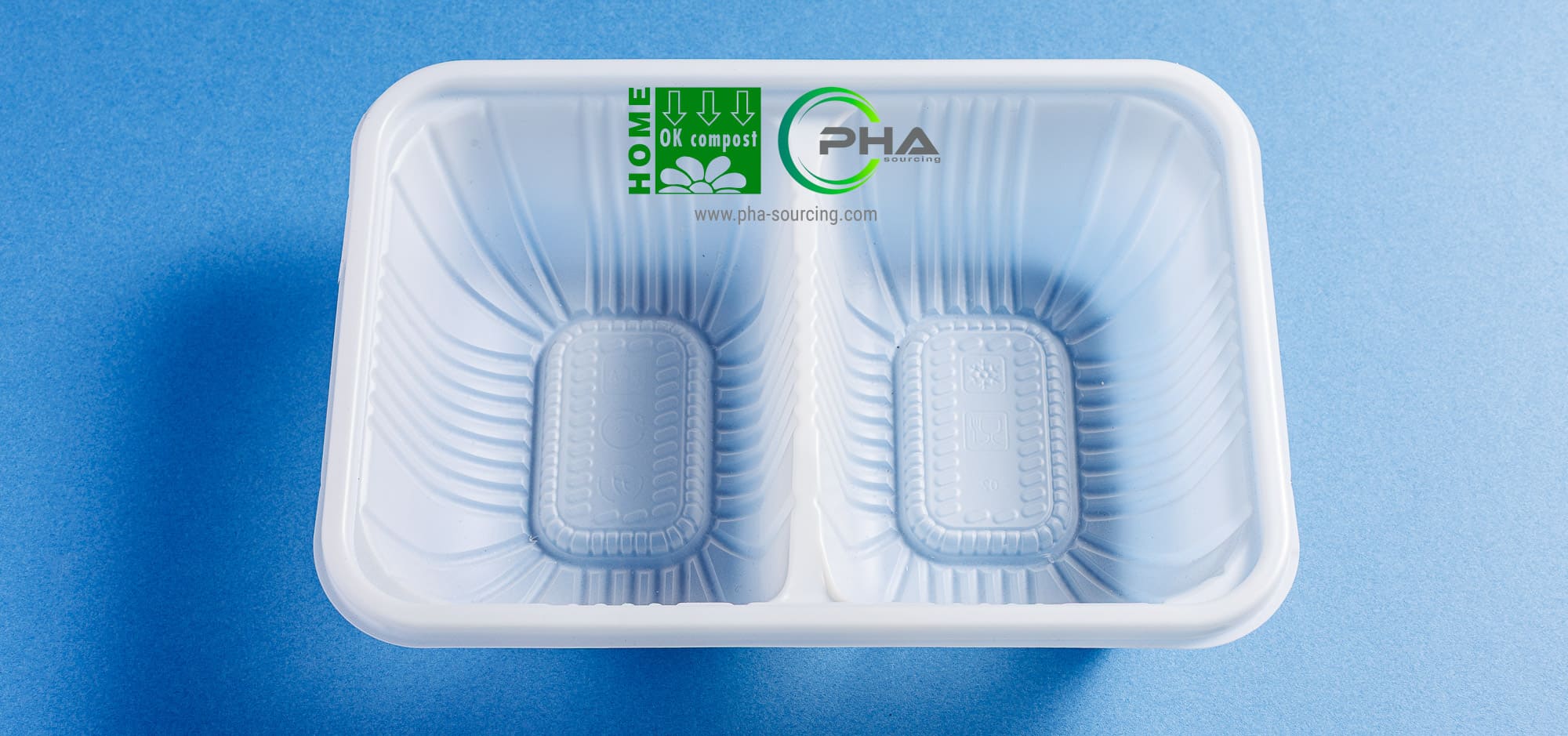Market Growth and Transformation
The global biodegradable food packaging market is experiencing remarkable growth, reflecting a fundamental shift in the packaging industry’s approach to sustainability. Valued at $16.4 billion in 2023, the market is projected to expand to $43.8 billion by 2032, growing at a compound annual growth rate of 11.53%. This substantial growth is driven by increasing environmental concerns, stringent government regulations on single-use plastics, and a significant shift in consumer preferences toward sustainable packaging solutions.
The transformation is particularly evident in the food and beverage sector, which accounted for nearly 59% of the bioplastic packaging market revenue in 2024. This growth is fueled by the rising demand for packaged foods and the popularity of quick-service restaurants, which are increasingly adopting biodegradable packaging options to meet consumer expectations and regulatory requirements.
Regional Market Dynamics
Europe currently leads the biodegradable food packaging market, with a significant market share attributed to its robust regulatory frameworks and strong commitment to achieving a circular economy. The region’s well-established waste management infrastructure and high consumer awareness of environmental issues have created a favorable environment for the adoption of sustainable packaging solutions.
Meanwhile, emerging economies in the Asia-Pacific and Latin America regions are poised for substantial growth. As environmental awareness increases and plastic regulations tighten in these regions, the demand for biodegradable food packaging is expected to rise significantly. The expanding food service and delivery sectors in these regions present additional growth opportunities for sustainable packaging solutions.
The Role of PHA in Sustainable Food Packaging
Among the various biodegradable materials gaining traction in the food packaging industry, Polyhydroxyalkanoates (PHA) stand out as particularly promising. Unlike some other biodegradable materials, PHA offers a unique combination of performance characteristics and environmental benefits that address many of the industry’s challenges.
PHA materials provide excellent barrier properties to protect food from moisture and oxygen, making them suitable for a wide range of food packaging applications. Their heat resistance and durability are comparable to conventional plastics, while their ability to biodegrade in various environments, including marine conditions, sets them apart from other biodegradable materials. This versatility makes PHA an attractive option for food packaging applications where performance and sustainability are equally important.
Performance Advantages of PHA
One of the key advantages of PHA in food packaging is its superior performance characteristics. PHA materials offer excellent moisture and oxygen barrier properties, which are crucial for maintaining food freshness and extending shelf life. This makes them particularly suitable for packaging applications that require high barrier performance, such as fresh produce, dairy products, and bakery items.
Additionally, PHA’s heat resistance properties make it an ideal material for hot food and beverage packaging applications. Unlike some other biodegradable materials that may deform or lose their structural integrity when exposed to high temperatures, PHA maintains its performance characteristics across a wide range of temperatures. This versatility allows for the use of PHA in various food service applications, from coffee eco capsules to hot beverage cup lids.
Environmental Benefits and Applications
The environmental benefits of PHA are particularly compelling in the context of food packaging. Unlike conventional plastics, which can persist in the environment for hundreds of years, PHA materials are designed to biodegrade naturally through microbial activity. This process results in the breakdown of the material into benign components like water, carbon dioxide, and biomass, significantly reducing waste accumulation and environmental pollution.
PHA’s versatility extends to various food packaging applications, including food containers, flexible films for wrapping fresh produce, and rigid packaging for dairy products. The material’s ability to be processed using conventional plastic manufacturing equipment also makes it an attractive option for packaging manufacturers looking to transition to more sustainable materials without significant capital investments in new equipment.
Innovation and Future Outlook
The biodegradable food packaging market is characterized by continuous innovation, with ongoing research and development efforts focused on improving material performance, reducing production costs, and expanding the range of applications. In the case of PHA, recent advancements have led to improved production processes that enhance the material’s properties and reduce manufacturing costs, making it more competitive with conventional plastics.
As consumer demand for sustainable packaging solutions continues to grow and regulatory pressures on single-use plastics intensify, the future outlook for biodegradable food packaging, particularly PHA-based solutions, remains positive. The ongoing development of advanced materials and processing technologies is expected to further drive market growth, creating new opportunities for innovation and sustainability in the food packaging industry.
